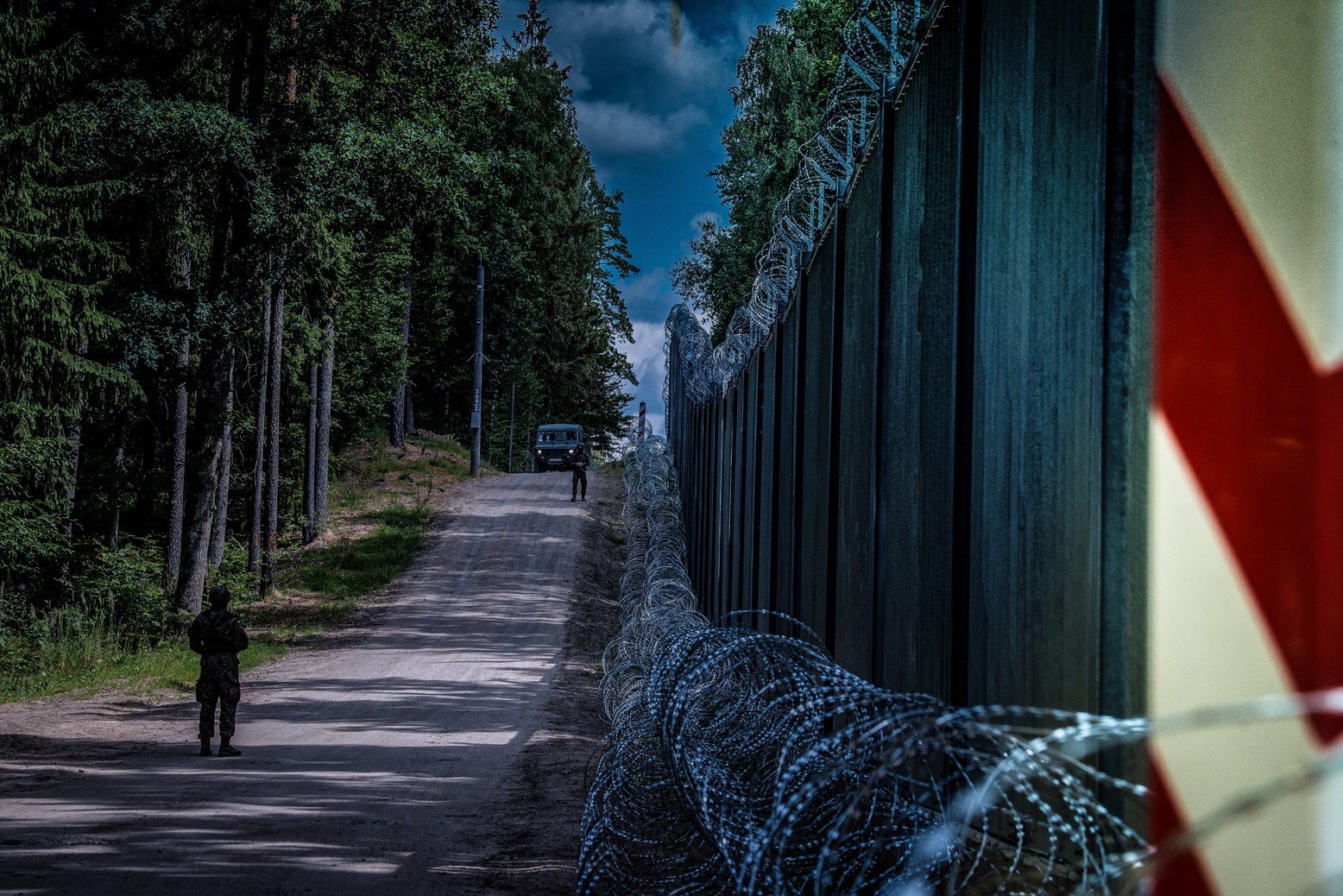Dylan Malyasov
Despite Moscow’s continual rhetoric about NATO military base advancements drawing closer to the Russian border, the Kremlin has actively invested in the militarization of the Kaliningrad region on the borders of Poland and Lithuania.
Since 2016, Russia has significantly bolstered its military presence in Kaliningrad by deploying troops, modern weaponry, and forming the 11th Army Corps. The Kremlin even stationed operational-tactical missile complexes “Iskander” in Kaliningrad, capable of carrying nuclear warheads. The military grouping in Kaliningrad was further reinforced with the Bastion coastal missile system.
The heightened militarization of Kaliningrad allows the Kremlin the potential to seize a portion of Poland’s Suwalki Corridor, a strip of land less than 80 kilometers long that separates Belarus from Kaliningrad.
The Suwalki Gap, termed a “strategic point of NATO’s eastern flank” by experts, connects Belarusian territory to the Kaliningrad region, ensuring the Baltic countries’ connection with other NATO members.
The severity of Russia’s actions in Ukraine vividly illustrates that Warsaw has no choice but to prepare for potential aggression from the Kremlin. International analysts converge on the view that Poland has shifted its outlook from defense strategy to understanding the necessity of halting a probable attack at the borders and comprehensively dismantling the aggressor’s army and supply lines.
This threat is well understood in Warsaw, prompting preemptive measures to strengthen its own military presence along the Kaliningrad border.
Nearly two years of warfare in Ukraine have prompted a reinforcement of the Polish army, notably in the Warmian-Masurian Voivodeship. Over the past year, decisions have been made to expand and equip units in this region.
Poland’s 16th Mechanized Division has received modern armaments, including new self-propelled howitzers K9 from South Korea and globally recognized HIMARS missile systems. The 16th Division currently comprises around 12,000 soldiers.
Additionally, Polish forces have begun constructing a new barrier in border areas, similar to the one built a year ago between Poland and Belarus. The decision to build temporary barriers on the Polish-Russian border stems, among other reasons, from the opening of air links between the Kaliningrad region and the Middle East and North Africa.
All these actions have evoked a strong reaction from Russians. For instance, in March of this year, Russian Army General and State Duma Deputy Andrey Gurulev published a post on social media.
“Russia will aim missiles at Poland in response to the placement of American artillery on the border with the Kaliningrad region,” wrote the Russian military official.
Gurulev also referred to Poland as “Anglo-Saxon mongrels” and emphasized that Russia “will not negotiate with them diplomatically.” “If there is a threat, we must respond to it. We will use our systems against NATO systems,” the general added.
However, experts point out that NATO and Poland already hold a significant advantage in the Suwalki Gap region. While Russians may threaten to soon be in this area, the truth remains that they lack the potential to engage in conflict with anyone, says General Waldemar Skshipchak.
General Skshipchak added that in the event of war between Russia and NATO, one of the first steps of allied forces would be the “elimination of the Kaliningrad region.” “No one will allow military actions on the eastern borders of Poland, the Suwalki Gap, and Lithuania, with Kaliningrad behind them,” he explained.



No comments:
Post a Comment